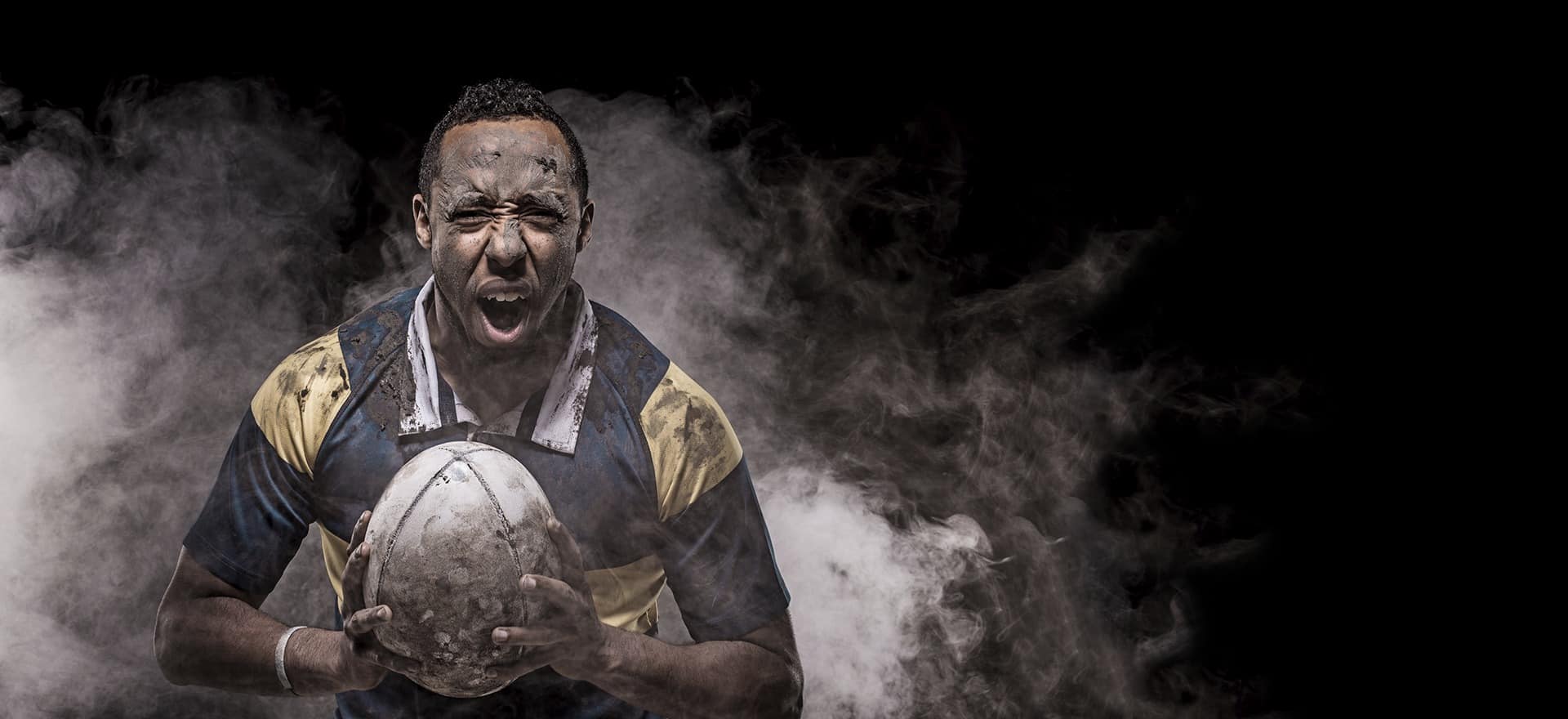Fisioterapia deportivaEn Connecticut, Maryland, Massachusetts y Nueva York
A sports injury can change you from a player to a spectator. Our team at MOTION wants to get you back to playing with your team.
¿Qué es la rehabilitación de lesiones deportivas?
Sports injury rehabilitation is helping an athlete recover from an injury sustained while engaging in a sports activity. It is sport and function-specificity-oriented. If you need to jump a lot, like in basketball, one of our goals is to ensure you can jump safely and with reduced pain before you return to your sport.
After injury, the damaged area may be susceptible to re-injury. Completing a sports rehabilitation program better equips you to return to your sport. Our therapists aim to build a bridge between injury and a safe return to sport. We want to minimize the risk of re-injury.
Your initial PT evaluation includes a thorough physical examination with elements of neuro screening and balance assessments as necessary. Also, we evaluate functional movement assessments and administer sport-specific tests.
What Types of Sports Injuries Do You Treat?
Here at MOTION, we treat all manner of sports injuries. Some of the most common are:
- Torceduras y esguinces: A ligament connects bone to bone and a sprain occurs when it is overstretched or partially torn. A strain is an overstretching or partial tearing of a muscle or tendon. These are graded according to how severe the injury is before it becomes a full tear.
- Torn tendons and ligaments: These are often seen by our therapists as rotator cuff tears in the shoulder and ACL tears in the knee. But, they can occur anywhere in the body.
- Overuse injuries: They occur from repetitive use of joints and muscles. An example of this is the shoulder of a swimmer or baseball pitcher.
- Fractures: Breaking a bone requires specified treatment including a rehabilitation program when the bone is healed enough to participate in PT or OT.
- Subluxation and dislocations of joints: A subluxation is a partial dislocation and loosening of the joint that may cause your joint pain with certain movements. Seek treatment before the joint dislocates completely, loses function, or causes significantly more pain.
Although not considered orthopedic injuries, our therapists also treat concussions, balance issues, and other neurological injuries that can occur from a sports injury.
What are the Treatments for Sports Injuries?
The treatment for your injury will be unique in every case. Generally, recovery from a sports injury occurs in these 5 phases.
- Acute phase - rest and protect
Your body begins to repair itself immediately following an injury. Both our job, and yours, is to help it. Studies show that it’s beneficial to healing when you find ways to continue engaging in functional movement. We can help show you what safe and functional movement you can perform that is specific to you and your injury. - Restoring mobility
To be fast, strong, and powerful, you must first have the mobility to support those forceful movements. Improving joint range of motion (ROM) is one of the basics of sports injury rehabilitation. We accomplish this using targeted muscle and joint stretching, flexibility training, therapeutic exercise, joint mobilizations, and other manual techniques. Certain muscles and joints work synergistically to allow more ROM. We know how to use these synergies to your advantage and teach you how to accomplish it. You will get a home exercise program that compliments your in office program and evolves with you as you progress. This will let you safely work on restoring your ROM at home. - Restoring strength
The third phase involves working to get your strength back to the level you want. The good news is, if you've been at this sport for a while, restoring the strength and power you need shouldn’t be like starting from scratch. You’ve already done the hard part by optimally wiring your brain over the years. Now, you need to retrain your muscles to get back in sync with the signals from your brain - and we teach you how to do that.Along with specific strengthening exercises, modalities such as neuromuscular electric stimulation(NMES) and Russin e-stim can be used to re-establish the connection to the brain.
- Maximizing coordination
Have you ever heard the word proprioception? It means knowing where your body is in space. Touching your knee with your eyes closed is easy. That’s thanks to an intact proprioceptive system. But after an injury, this system is often damaged. Simple movements that were once easy to perform may be more difficult. Our therapists excel at restoring optimal proprioception. We use balance tools and strategies to maximize your balance and proprioception in your return to sport rehab. This will teach you to correct yourself quickly. We can adapt these techniques for both the upper and lower extremities. - Sport-Specific Training
This is the final and most advanced stage of rehabilitation. All the hard work that you’ve done to this point comes together to enable your body to perform sport-specific complex movements. Whether you need to excel at movements like swinging, pivoting, rotation, catching, throwing, hitting, or cutting, we work on the movements that enhance your performance goals.Also, your sport-specific training focuses on education to prevent the same conditions or movements that caused the injury in the first place.
Sports Injury Rehabilitation at MOTION
At MOTION, we don’t just want to return you to your prior level of function (PLOF). We want you to be able to exceed it. When you return to the field, our goal is that you will be better equipped to face physical challenges than you were before.

